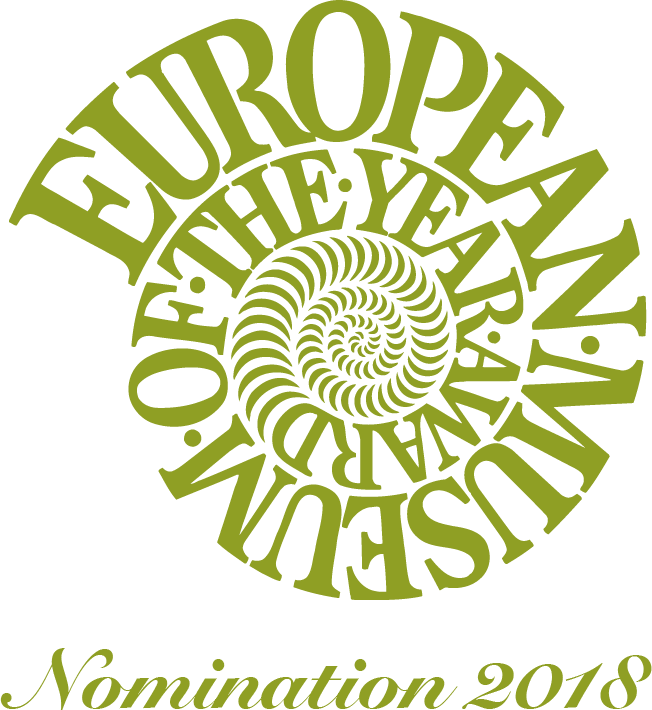The Museu Carmen Thyssen Andorra offers you this week a new guided tour of a particular artwork from the exhibition “INFLUENCERS in Art. From Van Goyen to Pop Art“, which you can discover from the comfort of your own home.
Today, the Museu Carmen Thyssen Andorra invites you to discover “ Eternal Springtime “, 1886, by the famous French sculptor Auguste Rodin, which is part of the Carmen Thyssen-Bornemisza’s collection.
René François Auguste Rodin (1840-1917), better known as Auguste Rodin, is considered the father of modern sculpture. As a genius artist, he nevertheless began a mediocre academic career due to his undetected myopia, which would cause him difficulties in learning French. However, it was at this time that he developed his taste for artistic creation. In 1854, he entered the Special School of Drawing and Mathematics of Paris (now the école Nationale Supérieure des Arts Décoratifs), where he discovered sculpture and the technique of working through visual memory. Pushed by his teachers, he tried to enter the Paris School of Fine Arts a few years later and, although he passed the drawing exam, he failed the sculpture test three times. It is only in 1877, at the age of 37, that Rodin was successful with his work “The Age of Bronze”.
As an artist in tune with current artistic trends, he is the representative of Impressionist sculpture, a movement that consists of purely and simply rendering visual, spontaneous and ephemeral impressions. Rodin focuses his attention on movement and abandonment, two elements in which he finds aesthetic perfection, and which are irrefutably linked to the very nature of human being: changing and diverse.
Strongly inspired by ancient sculpture, Michelangelo and Donatello, the sculptor promotes the expressive force of the non finito, which is the fact of not finishing a work, voluntarily or involuntarily, highlighting the spiritual and emotional strength of the medium. Rodin’s vocation is to capture the movement of the body, but also and above all the soul. He does not represent the poses of his models, but their movements as an impulse towards the illustration of reality.
This science of movement, he will also find it in experimental dance, an art form and form of expression that liberates the gesture and stages bodies that no longer represent an aesthetic ideal of beauty.


